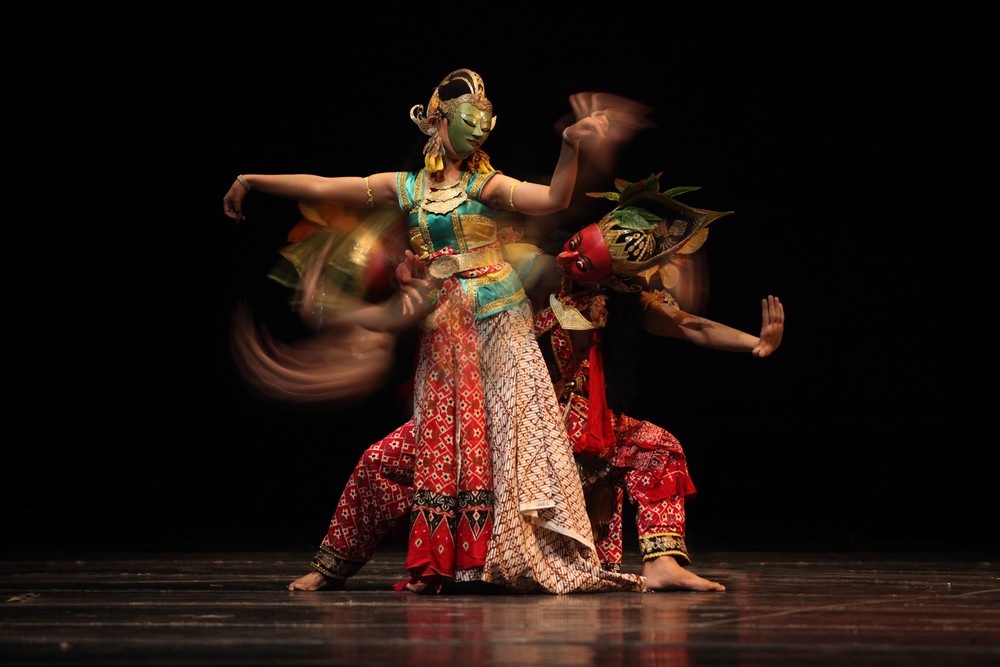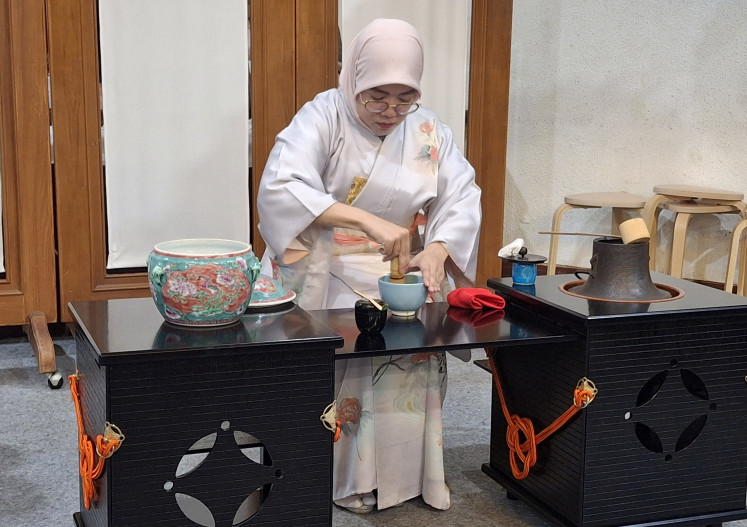Popular Reads
Top Results
Can't find what you're looking for?
View all search resultsPopular Reads
Top Results
Can't find what you're looking for?
View all search resultsFive Cirebon mask dances on the brink of extinction
Change text size
Gift Premium Articles
to Anyone
C
irebon in West Java is famous for many cultural elements, one of which is the Tari Topeng (Mask Dance), of which there are many variants but several of these variants are slowly dying out.
“Tari Topeng is a symbol of human life, so the variations are actually the symbols of life’s stages,” Fitria Leonita, owner and trainer of the Chandra Kirana dance troupe in Cirebon, told Kompas Travel.
Here are the Tari Topeng variations that are on the brink of extinction:
Tari Topeng Panji (Panji Mask Dance)
This dance depicts a newborn’s innocence. The mask that is used in this dance is painted white, and only the eyes, nose and mouth are painted on the mask. The movements of the Panji dance are also very simple, as well as the all-white dance costume and attributes.
Tari Topeng Samba (Samba Mask Dance)
This dance depicts the life of a toddler and generally paints a clear picture of childhood. The movements are energetic, funny, albeit not very fluid and a bit doubtful. The mask in the Samba dance is decorated with pale pink brush strokes and the costume usually has a leaf-green color.
Read also: Indonesian contemporary works, sacred dances enrich Europalia
Tari Topeng Rumyang (Rumyang Mask Dance)
Based in pink, the mask used in this dance still has simplistic carvings. The Rumyang dance depicts teenagers who search for their true self. The unstable movements and repetitions are representative of this life period.
Tari Topeng Tumenggung (General Mask Dance)
The Tumenggung dance depicts a full-grown adult who has found himself. His attitude toward responsibility is firm, and he is a whole person. The mask used in this dance is mustachioed with a number of carvings that symbolize charisma. Dancers of the Tumenggung dance are dressed in black, a color that fits with any color, and which depicts wisdom. In a kingdom, a Tumenggung is an advisor or a general who is seen as a wise figure.
Tari Topeng Kelana (Wanderer Mask Dance)
This is a variant of the mask dance with the most intricate mask carvings and features a lot of knots above the mask. The movements are aggressive and energetic as they are an accumulation of all the mask dances. The Kelana dance represents the anger that lies within every human being. (asw)











